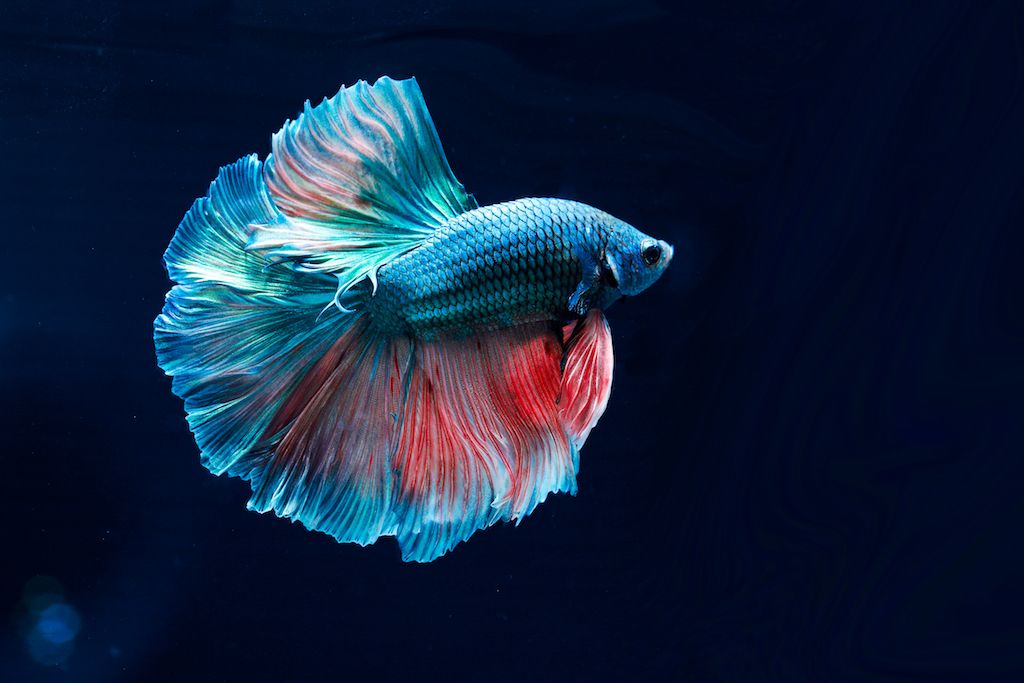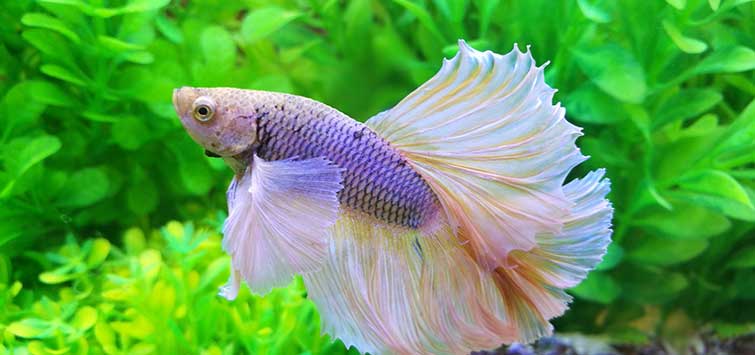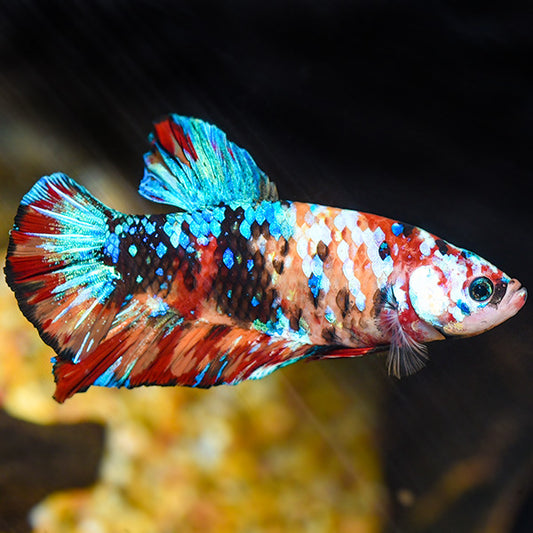Betta Fish Tank Configuration: A Step-by-Step Guide for Beginners
Betta Fish Tank Configuration: A Step-by-Step Guide for Beginners
Blog Article
Reproducing Betta Fish: a Comprehensive Step-By-Step Guide to Effectively Raising Child Bettas From Eggs to Adulthood
Reproducing Betta fish is a precise venture that needs careful planning and implementation to ensure the effective advancement of fry from eggs to develop fish. Picking genetically varied reproduction couple with desirable features is just the beginning; producing an optimum setting and recognizing the details of the breeding procedure are similarly critical. As the male Betta diligently constructs a bubble nest and guards the precious eggs, the subsequent stages of care and shift demand interest to detail and understanding of best methods. Exactly how does one browse the challenging yet fulfilling course of nurturing these vibrant creatures to their adult years?

Picking Breeding Pairs
When starting the trip of reproducing Betta fish, picking the best reproduction sets is critical to achieving preferable characteristics and a healthy lineage - betta fish. The first step in this procedure is to determine the particular characteristics you desire to improve or preserve, such as shade, fin type, and body form. It is necessary to select genetically diverse sets to stay clear of inbreeding, which can cause wellness concerns and unfavorable attributes
Evaluate prospective breeding prospects meticulously. A healthy and balanced male Betta ought to show lively colors, an active demeanor, and well-formed fins, while the female should additionally present vibrant pigmentation and a rounded stomach, suggesting preparedness for spawning. Observing the temperament of both fish is essential, as hostile or extremely shy people might not breed efficiently.
Maintaining documents of the moms and dad fish's ancestry can help you track hereditary attributes and prospective concerns. Inevitably, spending time in the selection process will dramatically enhance the possibility of producing solid, lively offspring that fulfill your breeding goals.

Preparing the Breeding Storage Tank
Developing an optimum reproduction setting is an essential action after picking suitable sets for Betta fish. The breeding storage tank must be specifically developed to provide comfort and stimulate the all-natural reproduction behaviors of the fish. Start with a storage tank size of at the very least 10 gallons to ensure sufficient room for both the male and women Bettas.
Keep a mild filtration system to maintain the water tidy while avoiding solid currents that can stress the fish. Furthermore, an air rock can be contributed to provide oxygenation without disrupting the water surface area excessive.
Temperature law is important; go for a secure variety of 78-82 ° F(25-28 ° C) making use of a reliable heating system. The pH level ought to be kept between 6.5 and 7.5, and normal water modifications are essential to make certain high water top quality.
Incorporate drifting plants or generating sponges to produce hiding areas for the woman, while also encouraging bubble nest structure by the man - betta fish. Ultimately, make sure the storage tank is devoid of sharp decorations and any kind of prospective dangers, as the well-being of the fish ought to constantly be prioritized throughout this essential phase of breeding.
The Reproduction Refine
Commonly, the breeding process for Betta fish entails a series of distinct and evident behaviors that show readiness for recreation. The male Betta starts by building a bubble nest at the water's surface, which functions as a website for the fertilized eggs. This nest is critical, as it gives a risk-free atmosphere for the eggs till they hatch.
Once the nest is established, the man will present courtship habits, such as flaring his fins and exhibiting vibrant colors to draw in the female. The lady, upon sensing the man's readiness, will certainly react by displaying upright red stripes along her body, signifying her receptiveness.
When the women strategies, the male involves in a mating dancing, usually resulting in a welcome called the "spawning." Throughout this welcome, the lady releases her eggs, which the male feeds promptly. The fertilized eggs after that are up to the bubble nest, where the male meticulously collects and returns them to the nest. Following this, the male presumes duty for securing the nest and ensuring the safety of the eggs up until More hints they hatch, commonly within 24-36 hours. This stage is crucial in the reproducing process, laying the structure for successful fry development.
Taking Care Of Betta Fry
Caring for Betta fry requires careful attention to their environment and nourishment to guarantee healthy growth and development. After hatching, Betta fry are exceptionally little and susceptible, necessitating a secure and clean environment. Preserving a water temperature between 78 ° F and 80 ° F is vital, as Betta fry thrive in cozy problems. Additionally, make certain that the water is devoid of harmful contaminants; regular water adjustments of 10-20% are advised to keep ideal water high quality.
Feeding Betta fry is just as essential. Originally, they need to be used infusoria or carefully smashed premium fry food, as their mouths are as well little to deal with larger fragments. As they expand, you can progressively introduce larger foods, such as child salt water shrimp or powdered flakes, to ensure they get sufficient nourishment. Feed them percentages numerous times a day, taking here care not to overfeed, which can bring about water high quality issues.
Transitioning to Adult Bettas
As Betta fry fully grown, transitioning them to grown-up Bettas is a crucial stage that requires mindful monitoring of their atmosphere and social interactions. This process typically starts when the fry get to around six weeks old, at which point they can be slowly introduced to a more organized living setting.
To facilitate this change, it is necessary to make sure that the water specifications-- such as temperature level, pH, and ammonia levels-- are optimum and steady. Grown-up Betta fish grow in cozy water (around 78-80 ° F) with a pH of 6.5 to 7.5. Progressively accustom the fry to these problems to minimize anxiety.
Social communications are one more essential factor; man Bettas are notoriously territorial and hostile. As a result, it is recommended to different males into private containers as they develop. Female Bettas can be housed together, yet treatment must be taken to check for their explanation indicators of hostility.
In addition, dietary changes must be made as the fry grow. Incorporate high-grade pellets and live foods to sustain their development and wellness. By handling these factors successfully, you can advertise an effective transition to the adult years for your Betta fish.

Final Thought
Effective reproduction of Betta fish calls for careful focus to detail throughout the entire procedure, from selecting genetically diverse sets to providing optimum look after fry. By making certain appropriate reproduction problems and maintaining water top quality, the chance of healthy and balanced spawn raises substantially. In addition, a well balanced diet regimen and progressive adjustment to adult environments are important for the growth and growth of Betta fish. Adhering to these steps carefully fosters a thriving populace of Betta fish, enhancing both their wellness and vigor.
Report this page